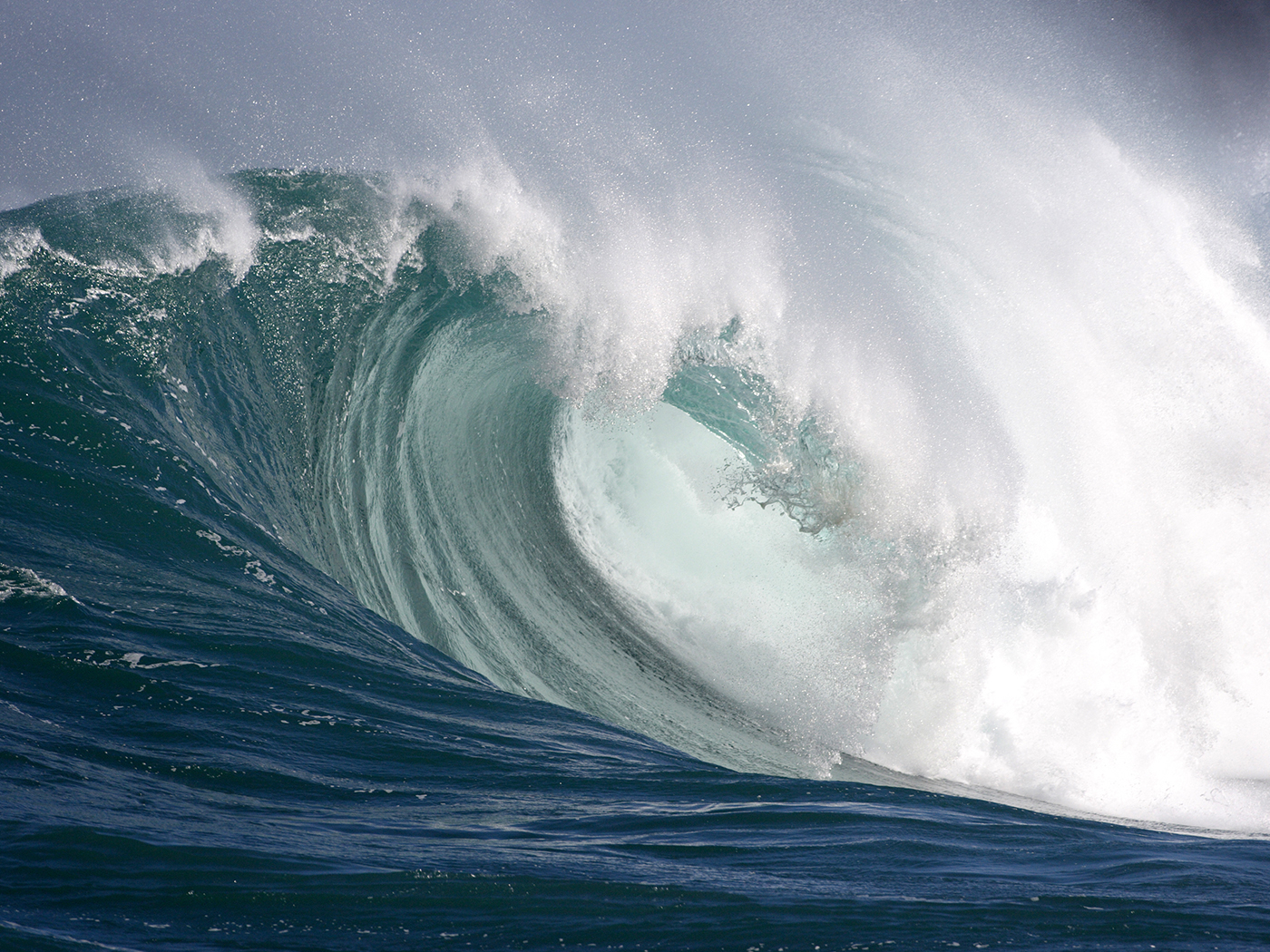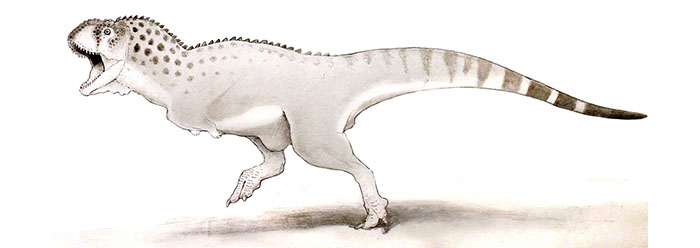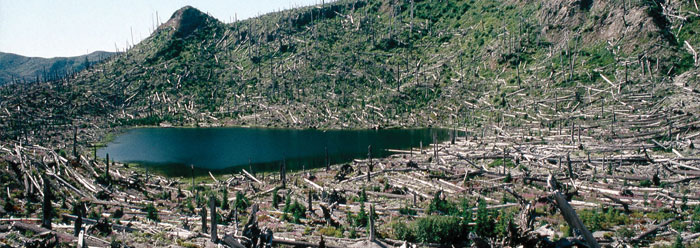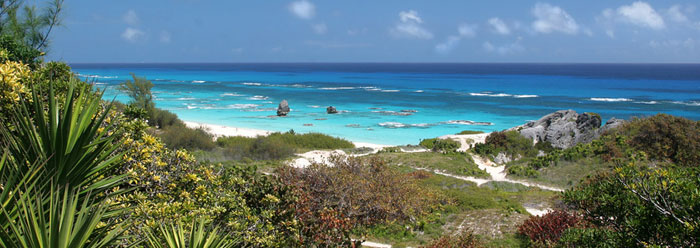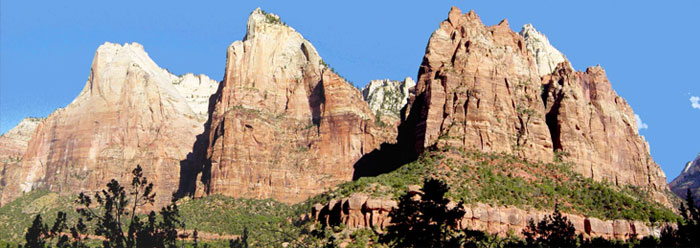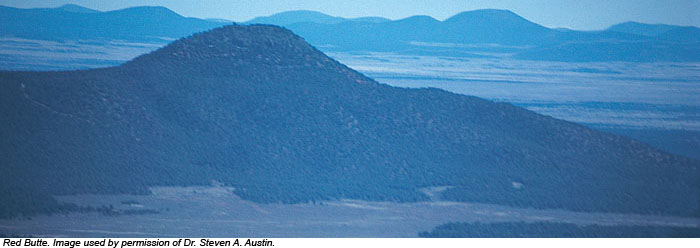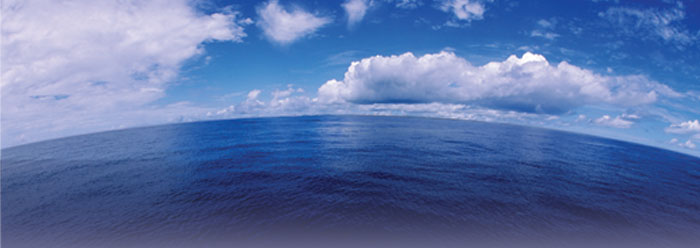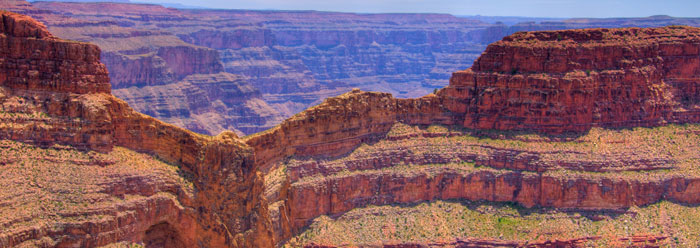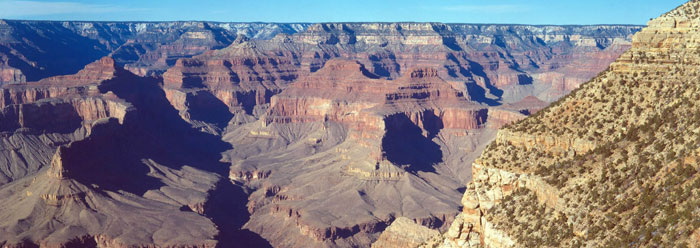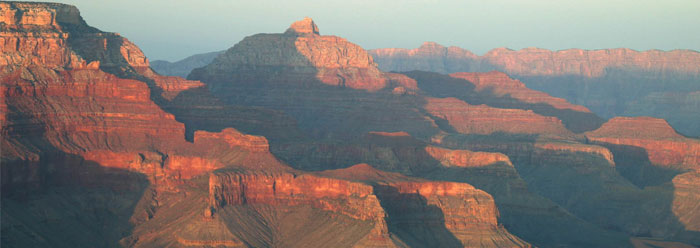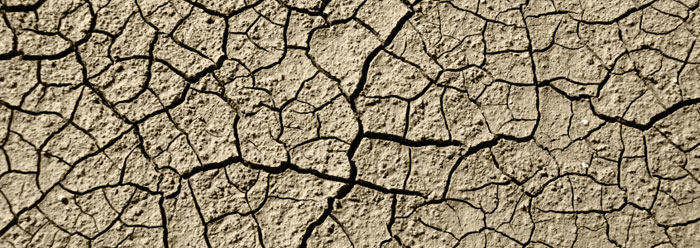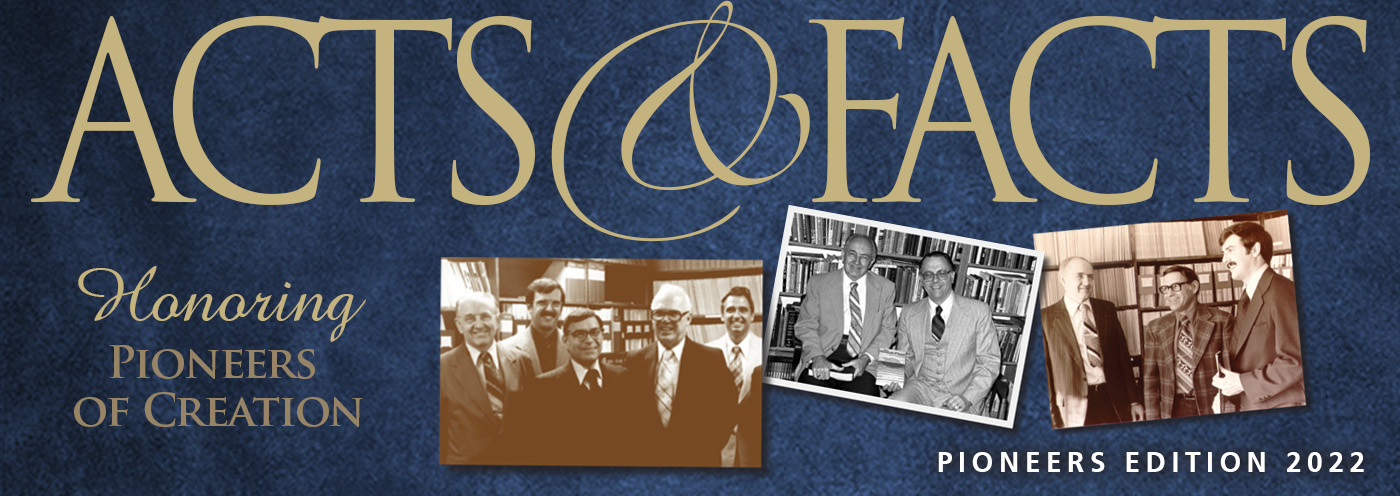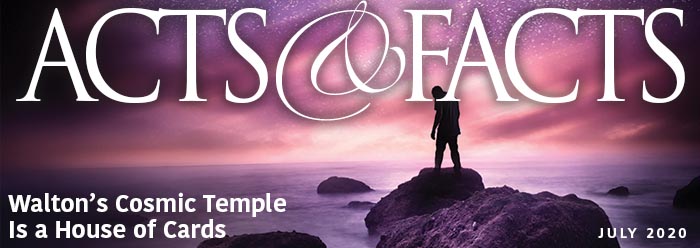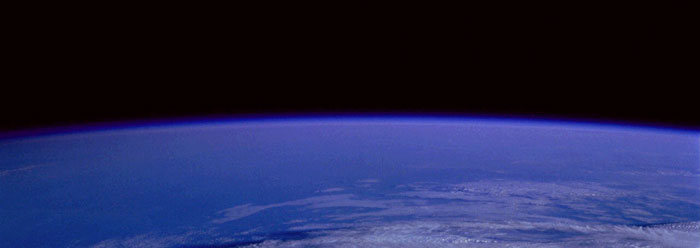
Much Evidence Exists for a Worldwide Flood
Twentieth-century geologists taught the familiar maxim: "The present is the key to the past."
But now that catastrophic processes are widely employed to describe the strata record, twenty-first century geologists are wondering whether "marine flood sedimentation is the key to the past."
Geological strata and their contained marine fossils provide critical evidence that the ocean once covered the continents, even the highest continental areas. Extremely widespread strata blankets argue for an intercontinental or global flood.
The Sauk Sequence extends throughout North America and appears to extend into Europe. The Tippecanoe Sequence also covers much of North America and may well extend into Europe and Africa. There are also intercontinental redbed sequences, intercontinental tuff beds, and coal-bearing strata cycles.
Granular, water-charged sediment flows result in very rapid stratification. Dilute flows produce thick sequences of plane beds, graded beds, and crossbeds by sustained unidirectional flow. Such flows also produce thick sequences of hummocky beds by sustained bidirectional flow.
Concentrated sediment flows produce thick strata sequences by abrupt deposition from liquefied suspension or evenly bedded strata by flow transformation to a tractive current.
These and many other obvious processes are leading many geologists to construct a global flood model for earth history.




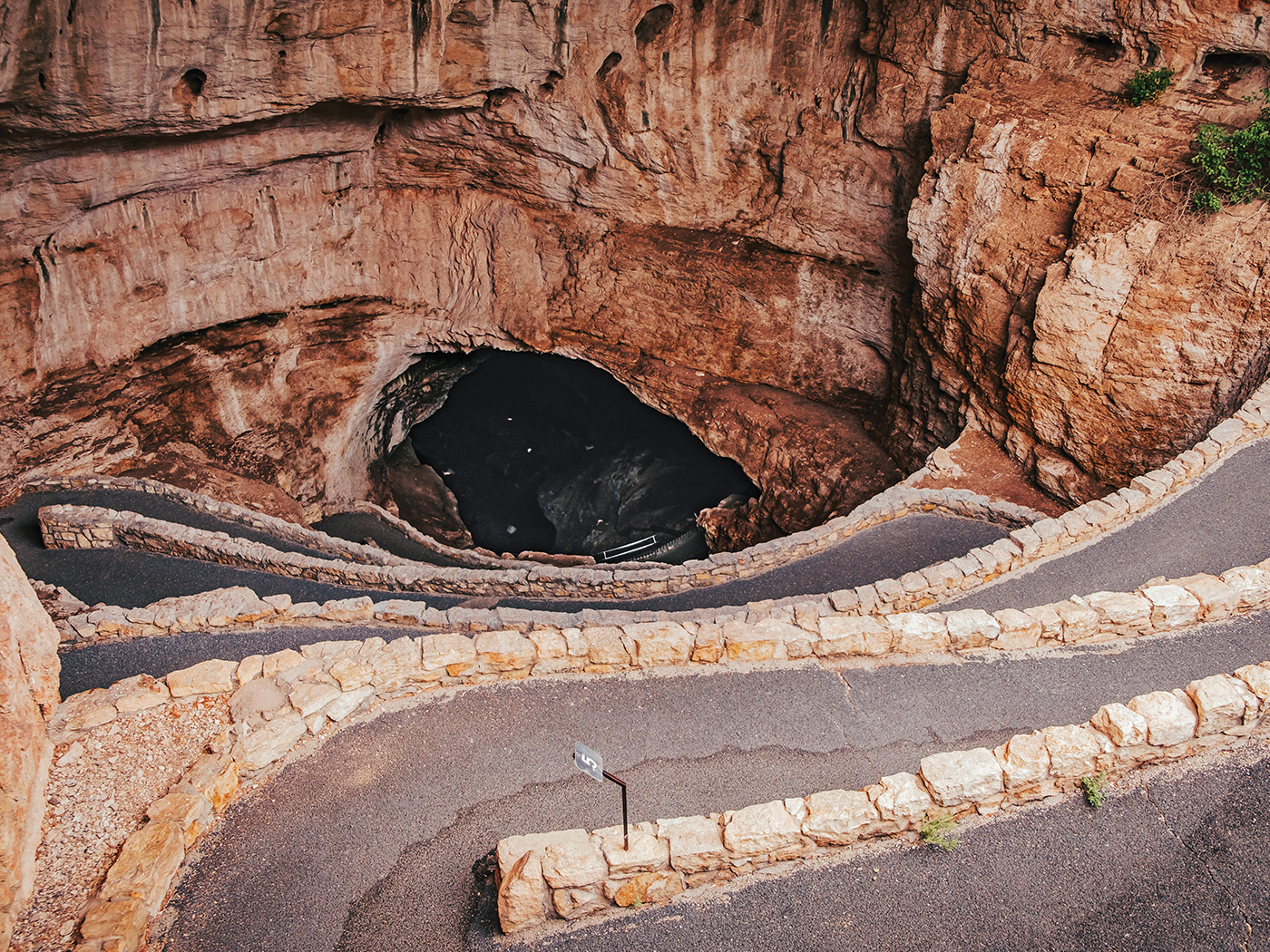

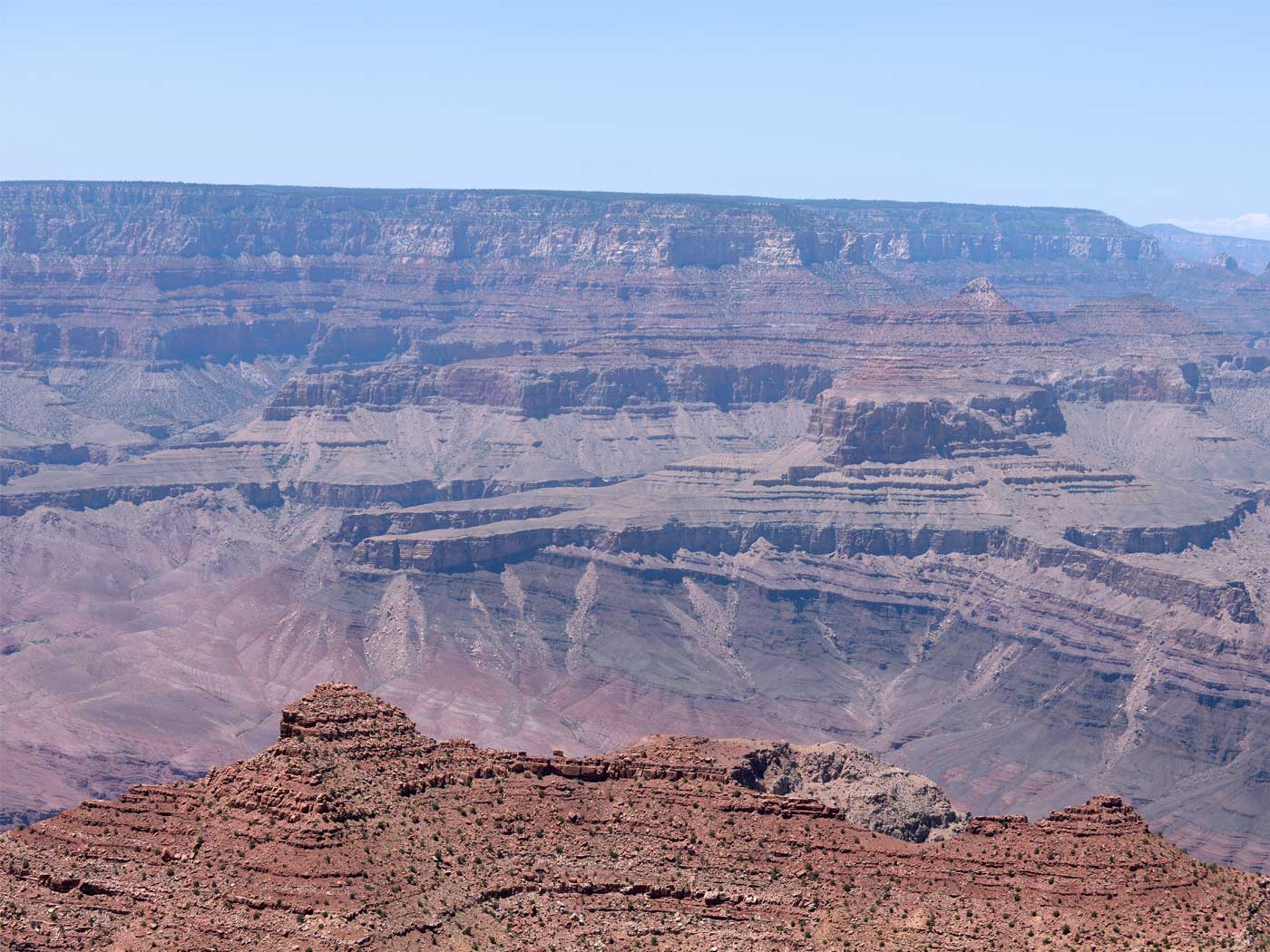

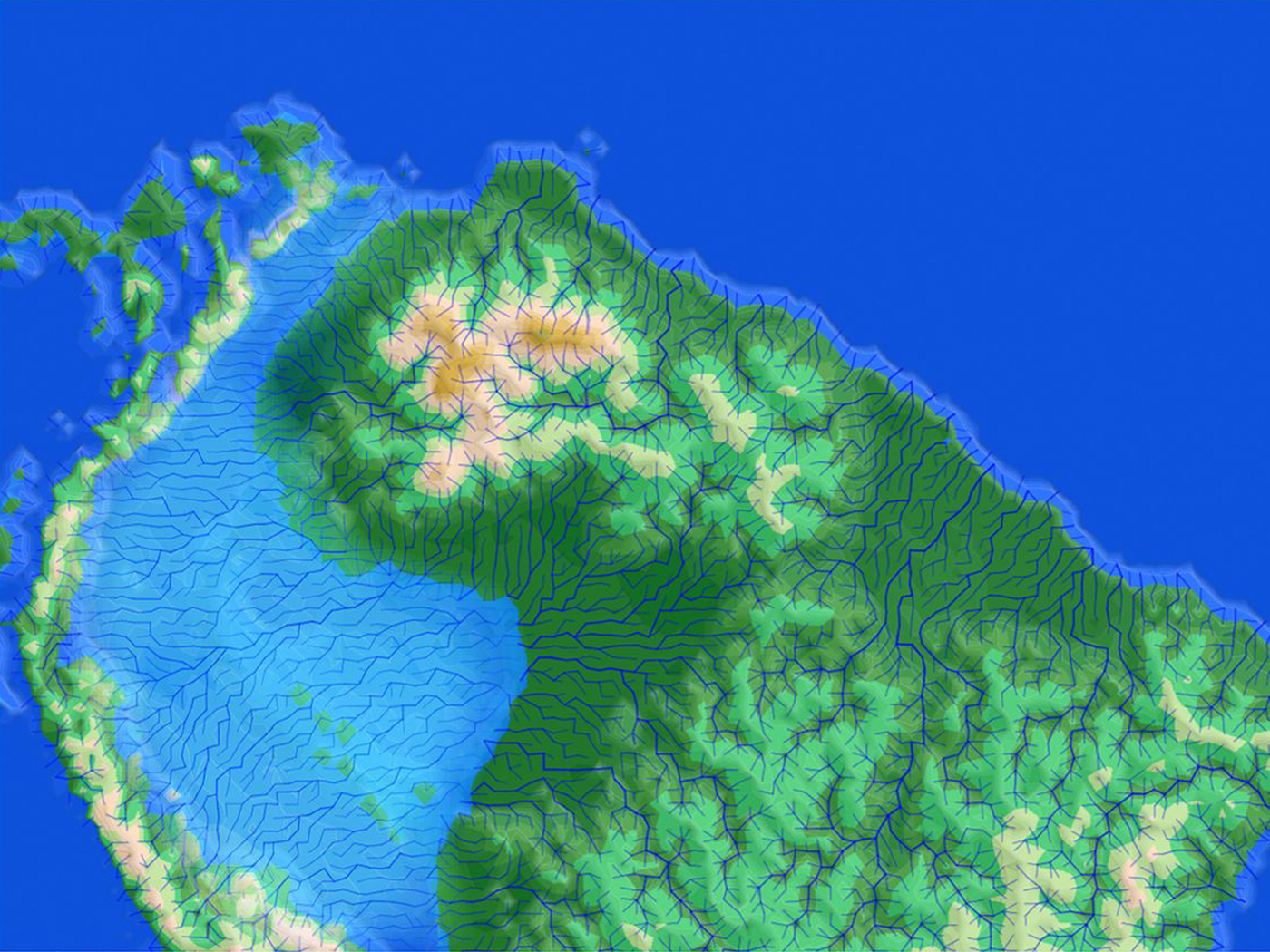

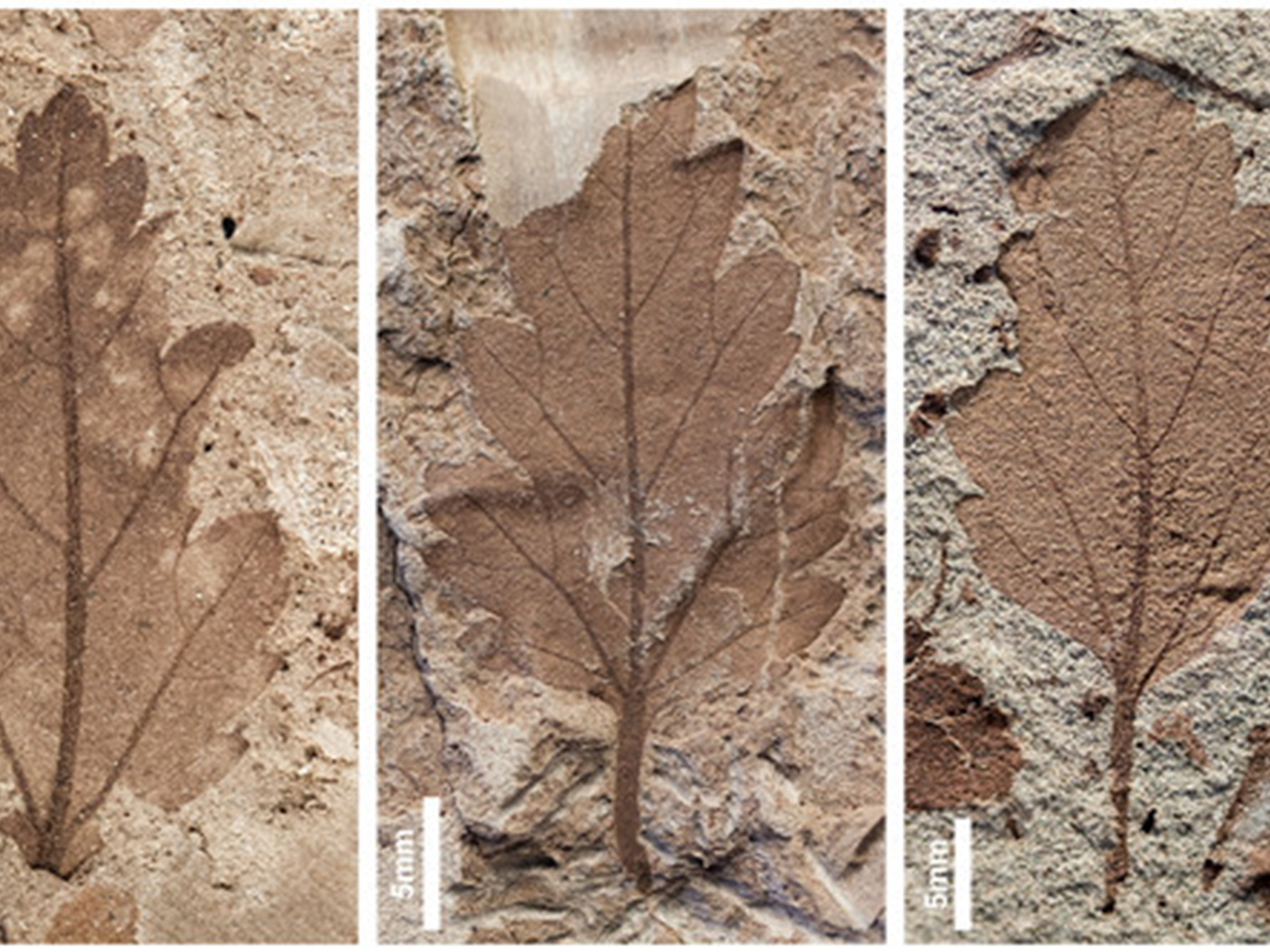
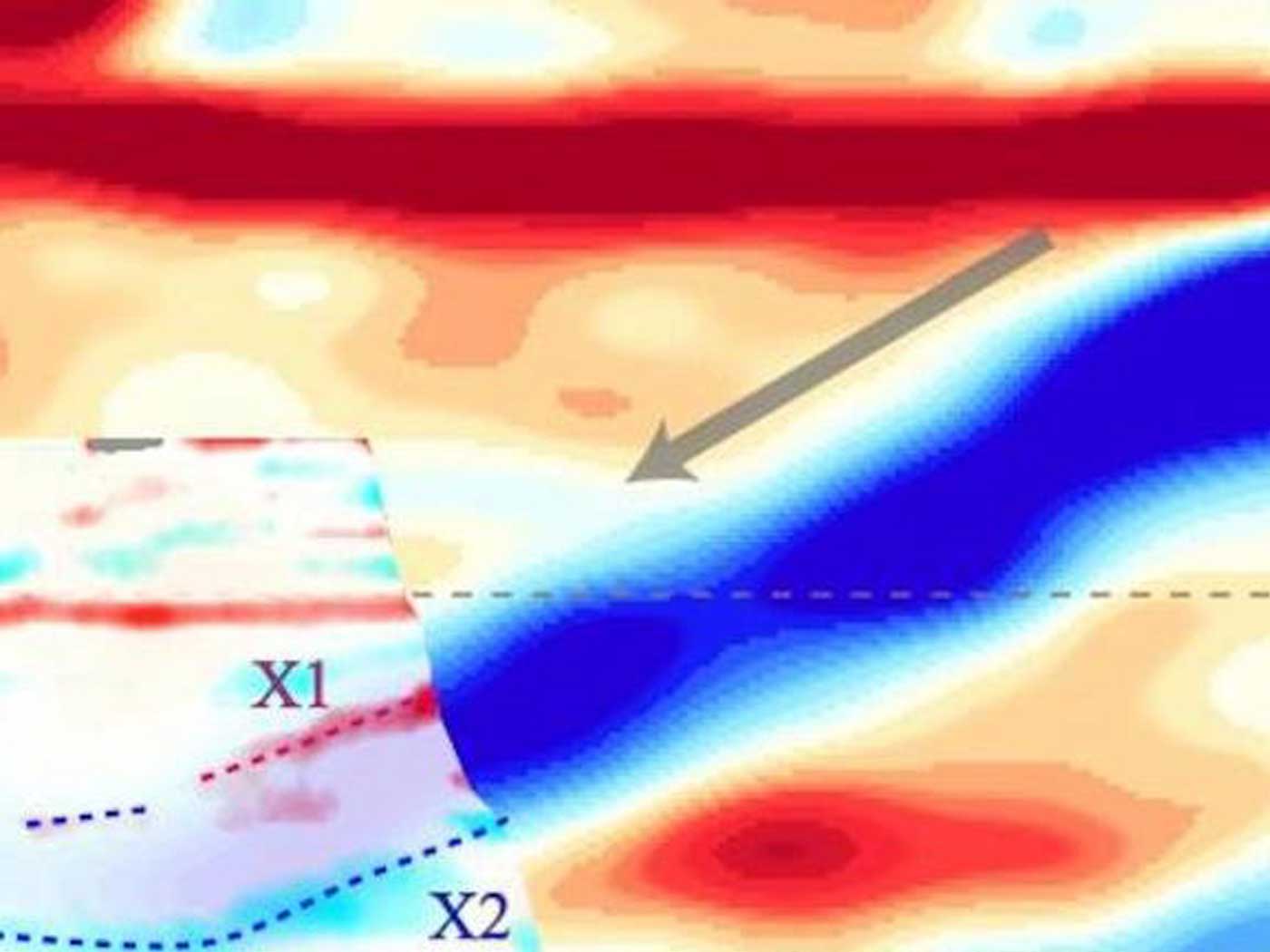

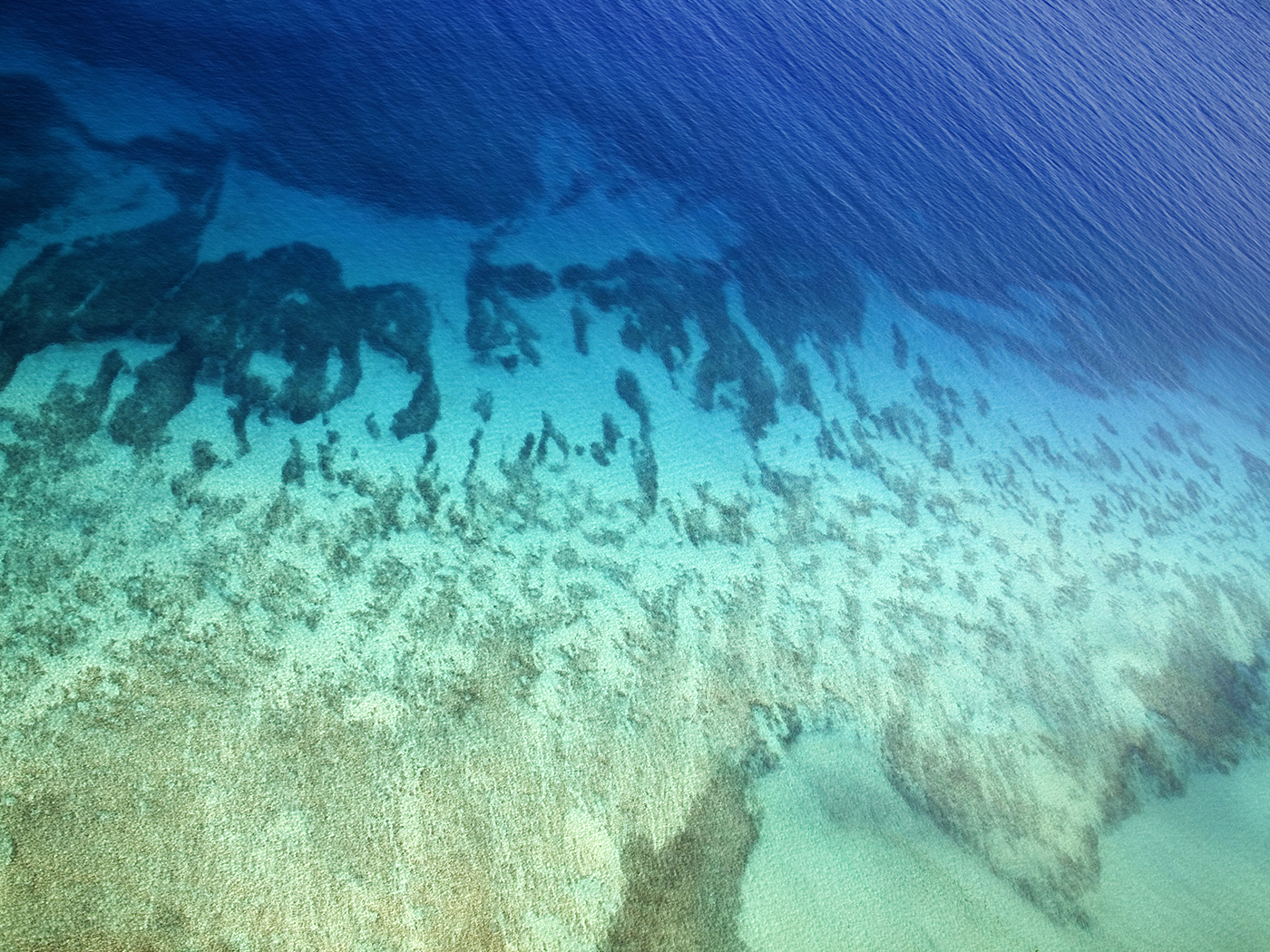

.jpg)
